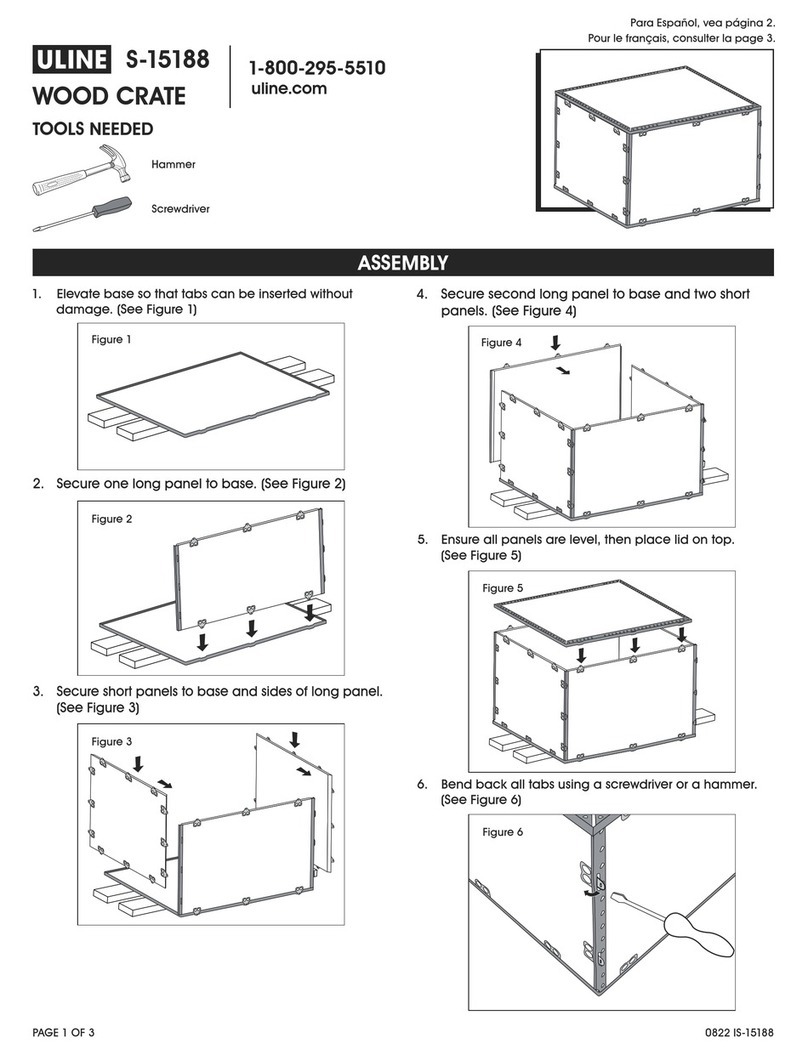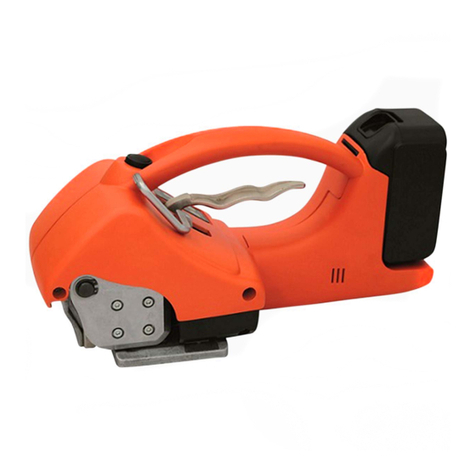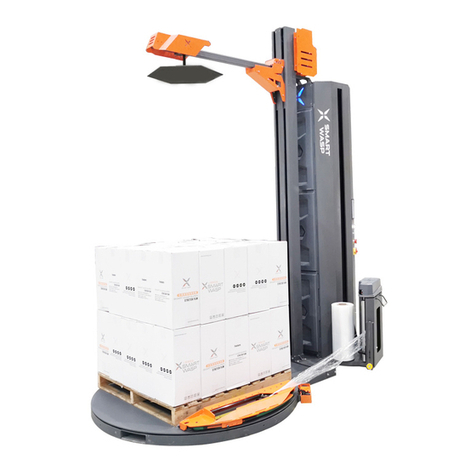Signode PRHR-34 Instruction Manual
Other Signode Packaging Equipment manuals
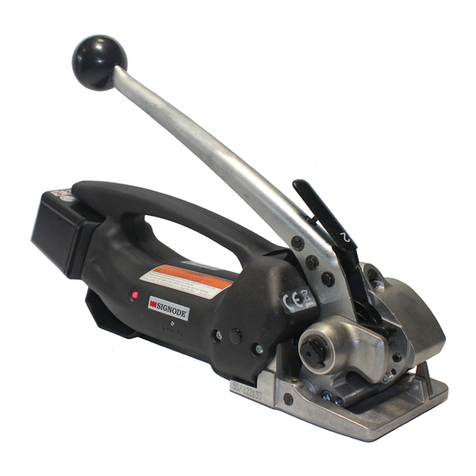
Signode
Signode BHC Use and care manual

Signode
Signode HBX-4300 User manual
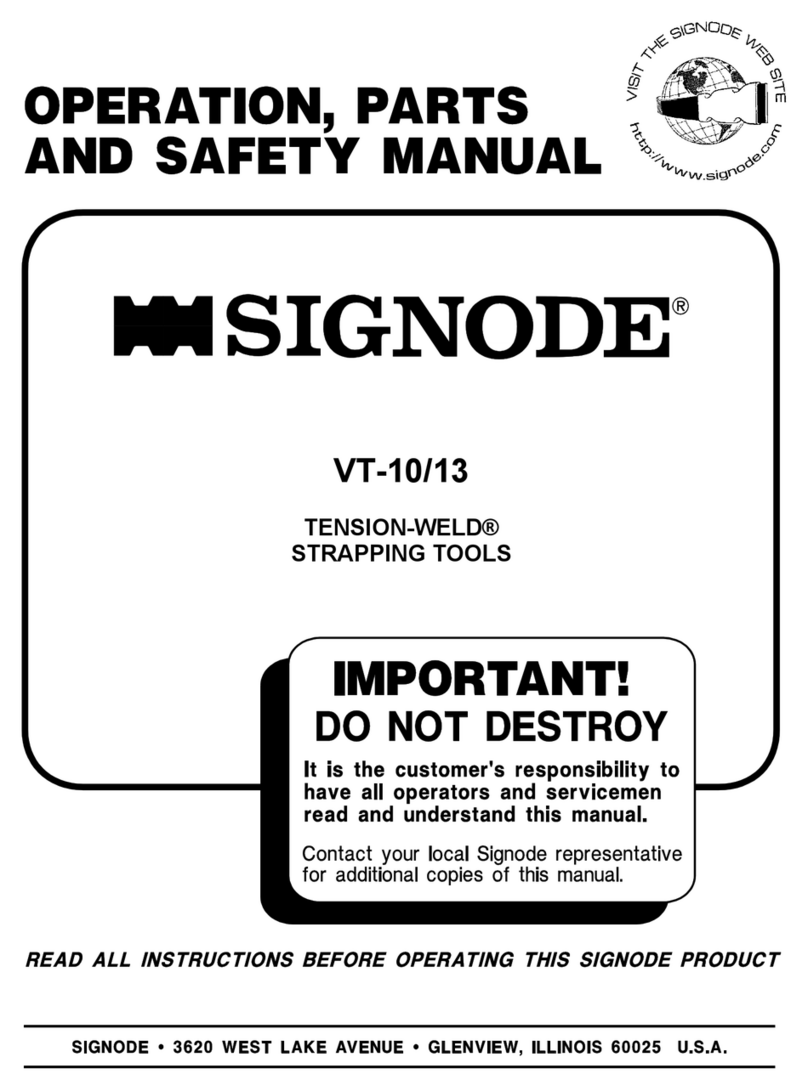
Signode
Signode VT-10 Instruction Manual

Signode
Signode BXT3-13 User manual
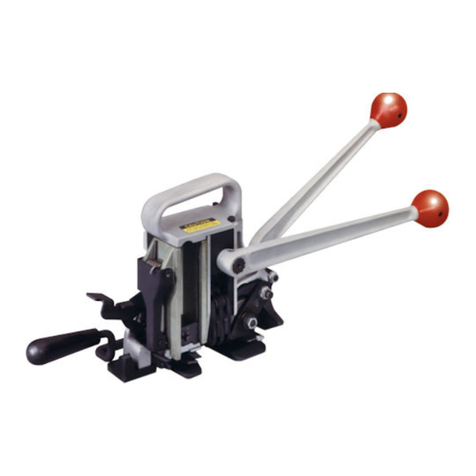
Signode
Signode AM Series Instruction Manual
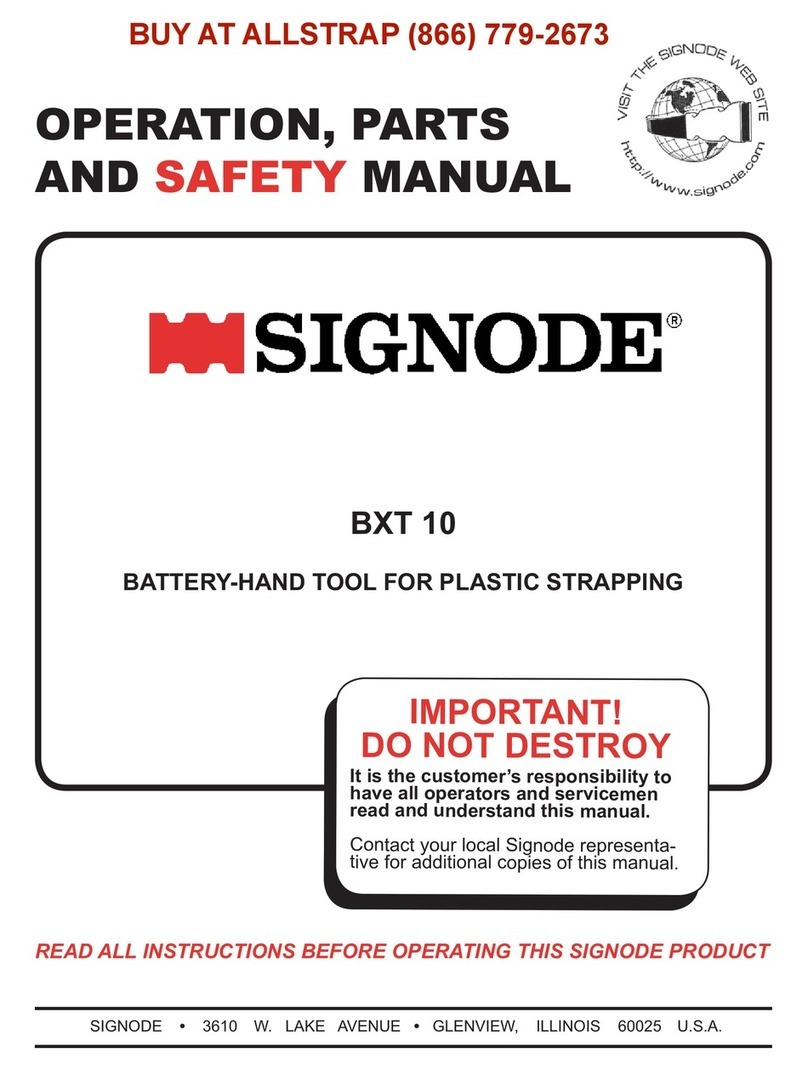
Signode
Signode BXT 10 Instruction Manual
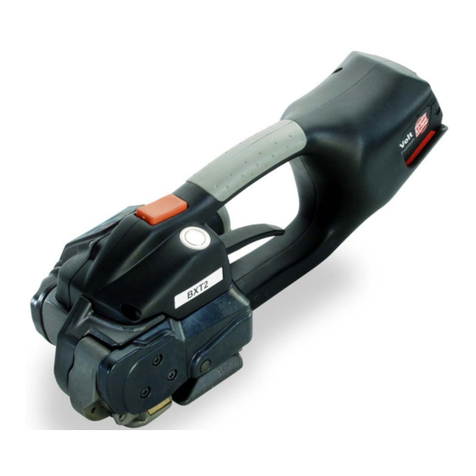
Signode
Signode BXT2 User manual
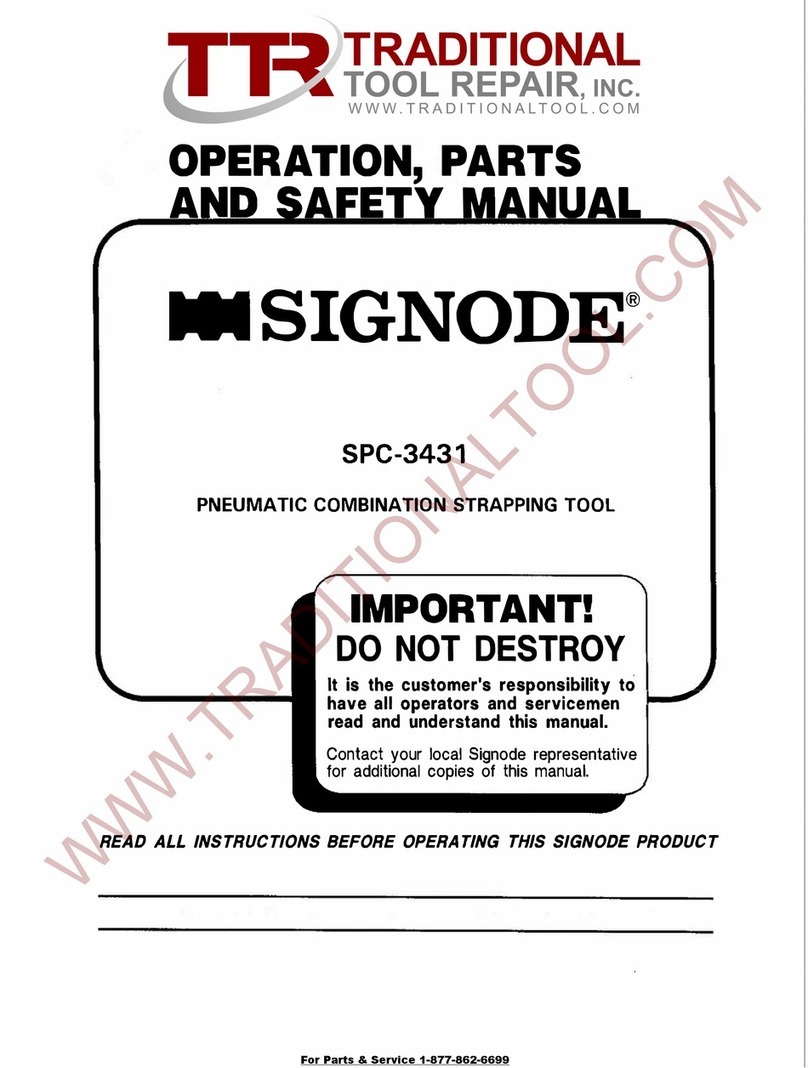
Signode
Signode SPC-3431 Instruction Manual
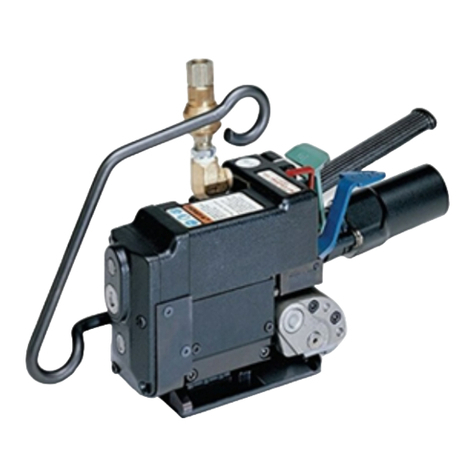
Signode
Signode SLP-38 Instruction Manual

Signode
Signode AMT-58 Instruction Manual
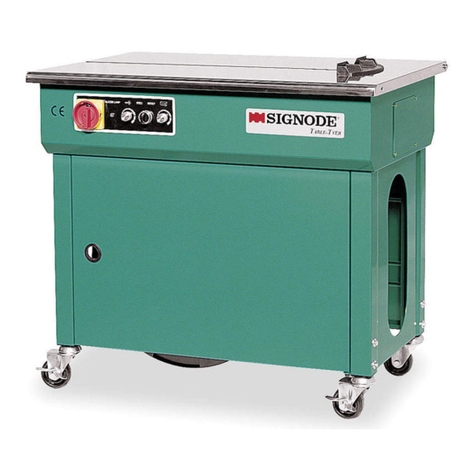
Signode
Signode TABLE-TYER Instruction Manual

Signode
Signode MCD-710 Instruction Manual
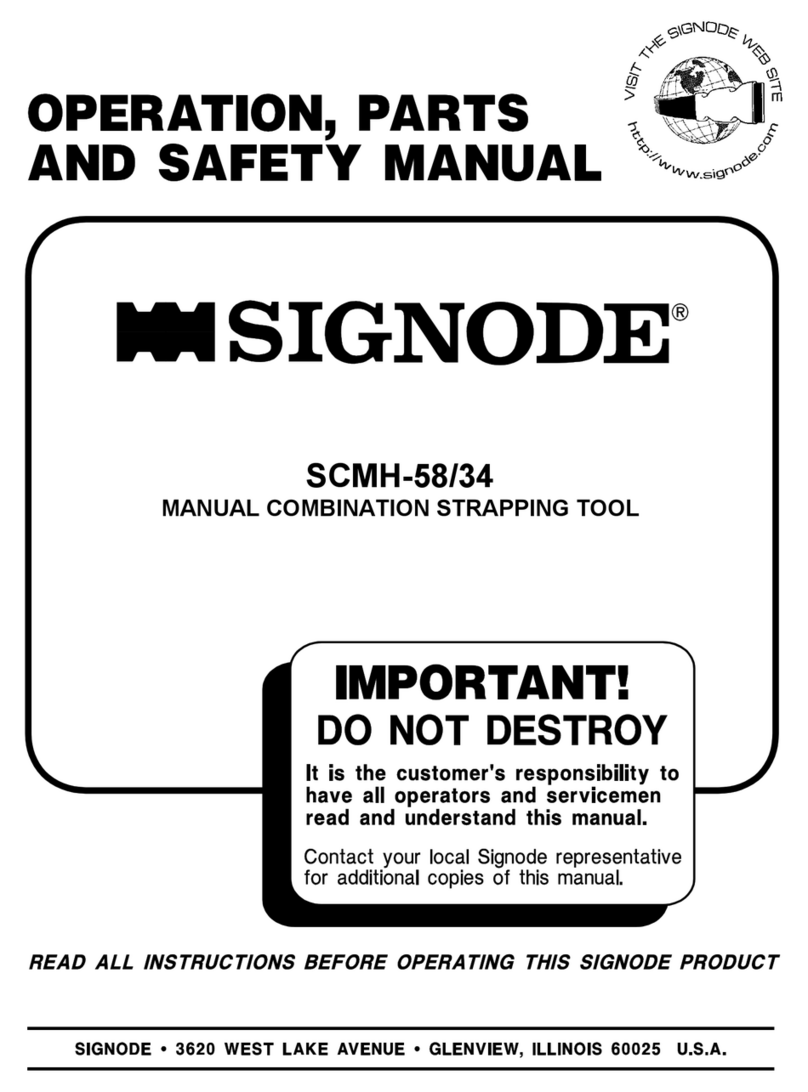
Signode
Signode SCMH-58 Instruction Manual

Signode
Signode TENSION-WELD VT-32 Instruction Manual

Signode
Signode AK200HDX-19 Instruction Manual
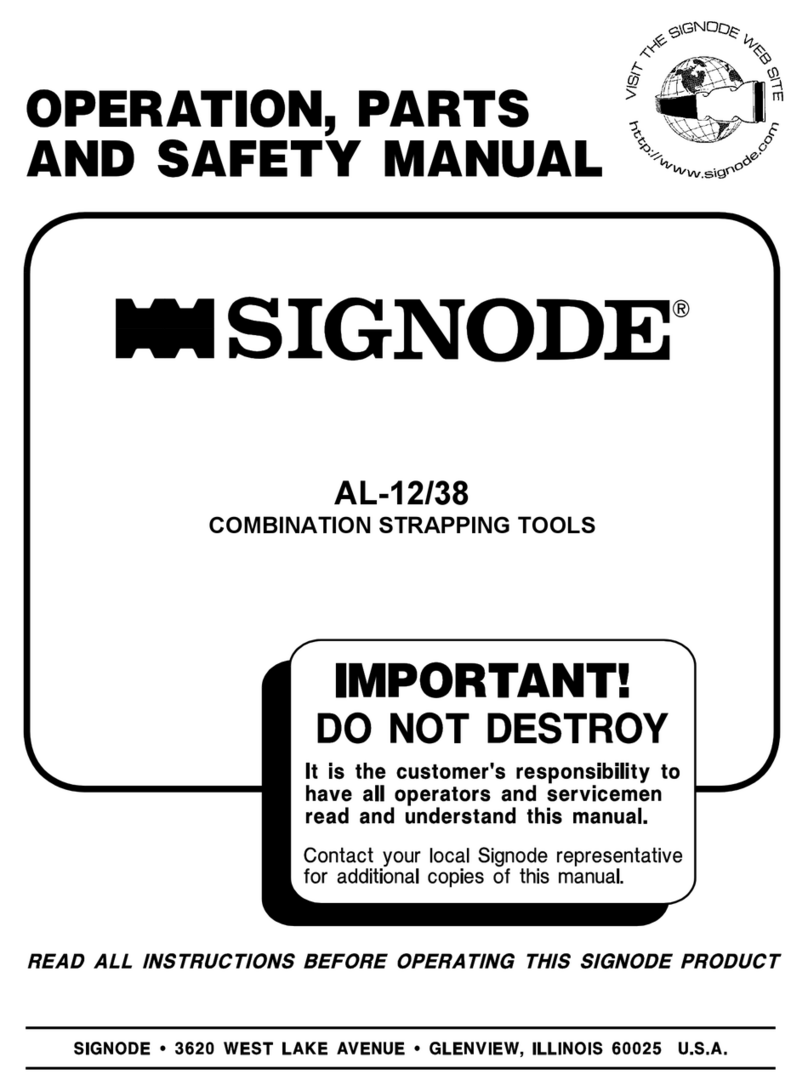
Signode
Signode AL-12/38 Instruction Manual

Signode
Signode TH-114 Instruction Manual
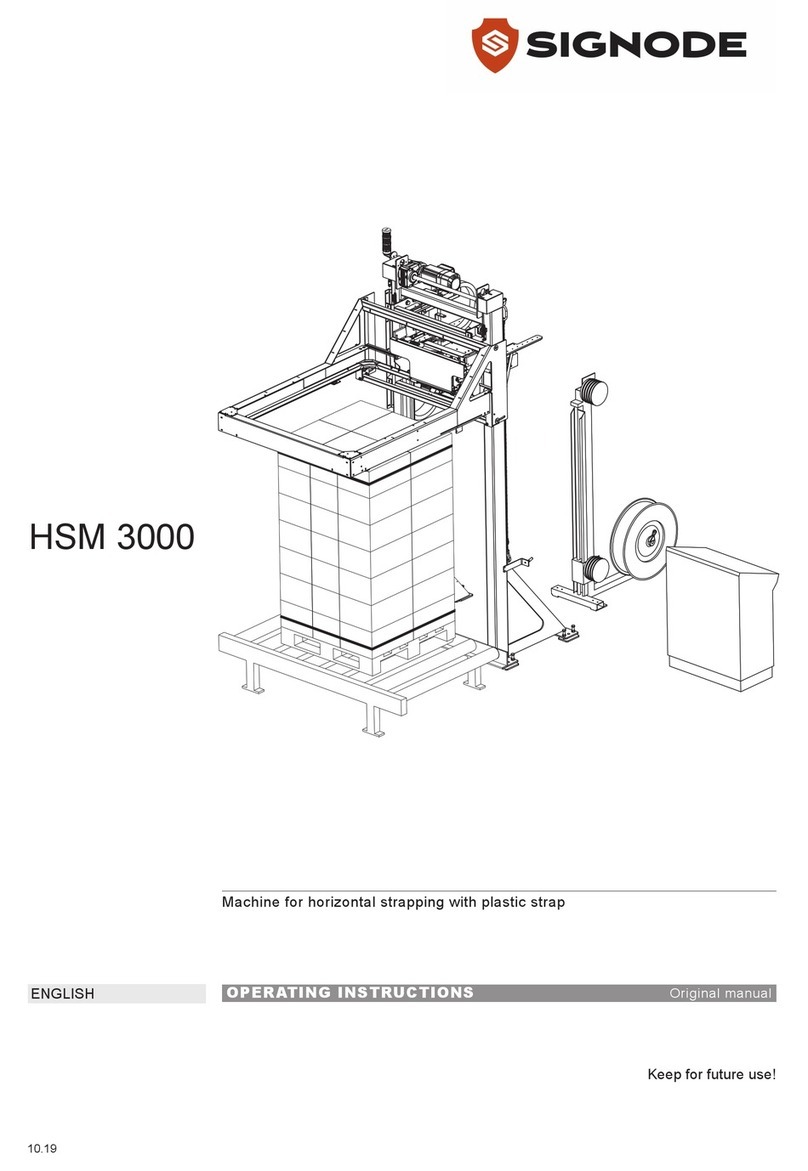
Signode
Signode HSM 3000 User manual

Signode
Signode TENSION-WELD VFX-9/13 Instruction Manual
Popular Packaging Equipment manuals by other brands
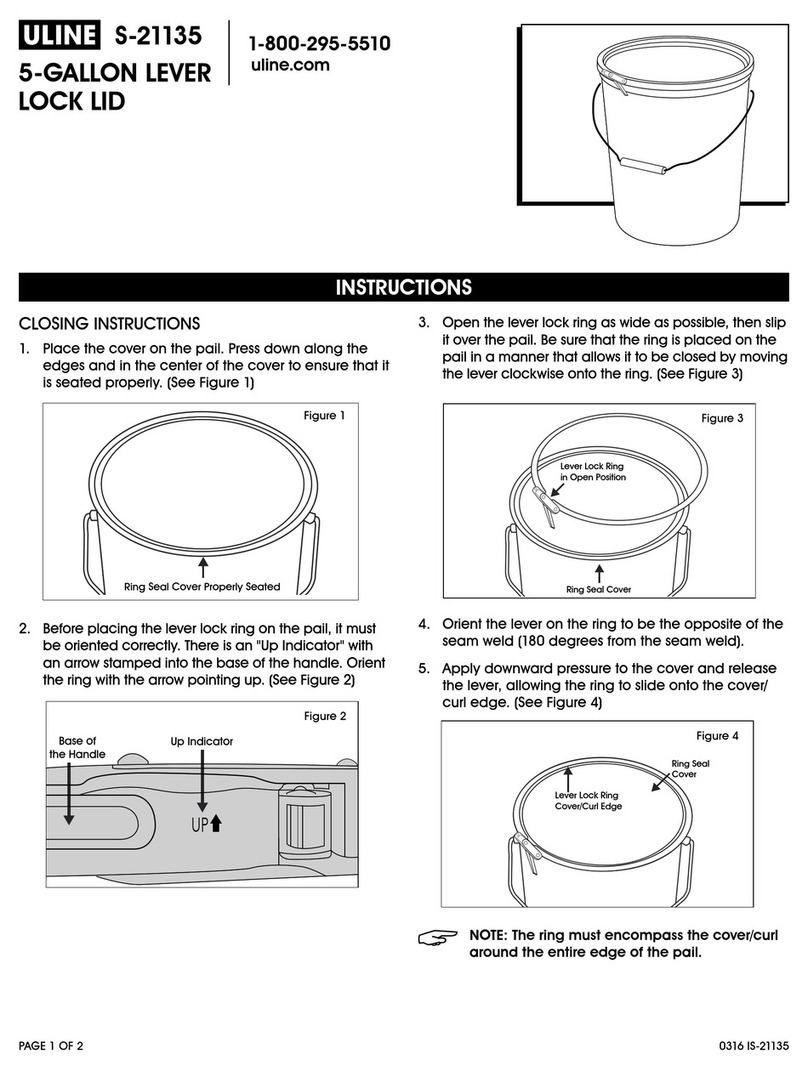
U-Line
U-Line S-1135 quick start guide
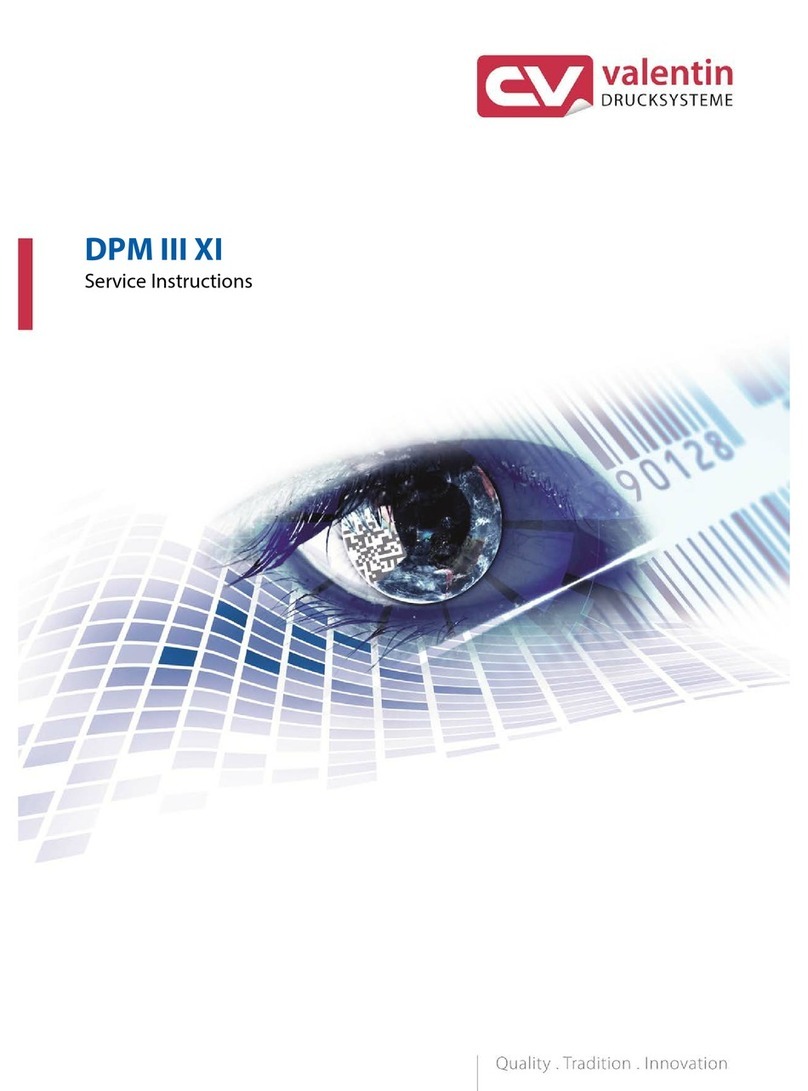
Carl Valentin
Carl Valentin DPM III xi Series Service instructions

Lacor
Lacor 69352 Instructions for use and maintenance
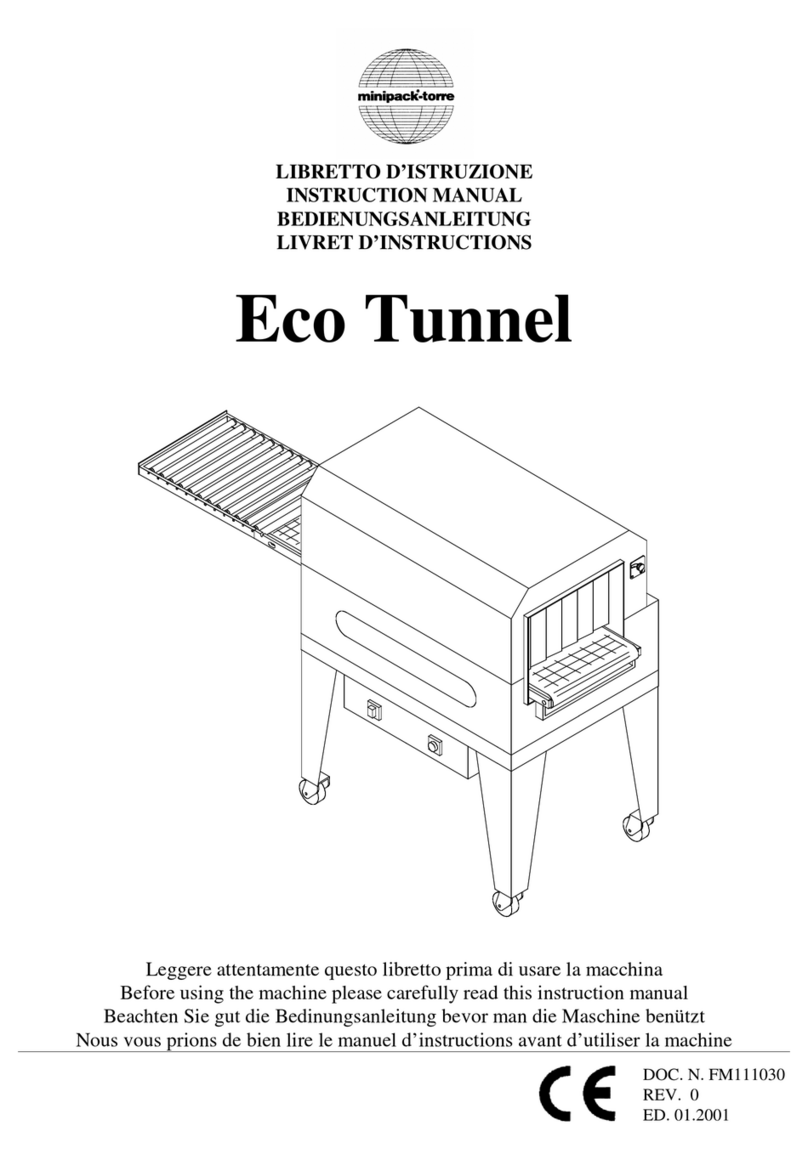
Minipack-Torre
Minipack-Torre Eco Tunnel instruction manual
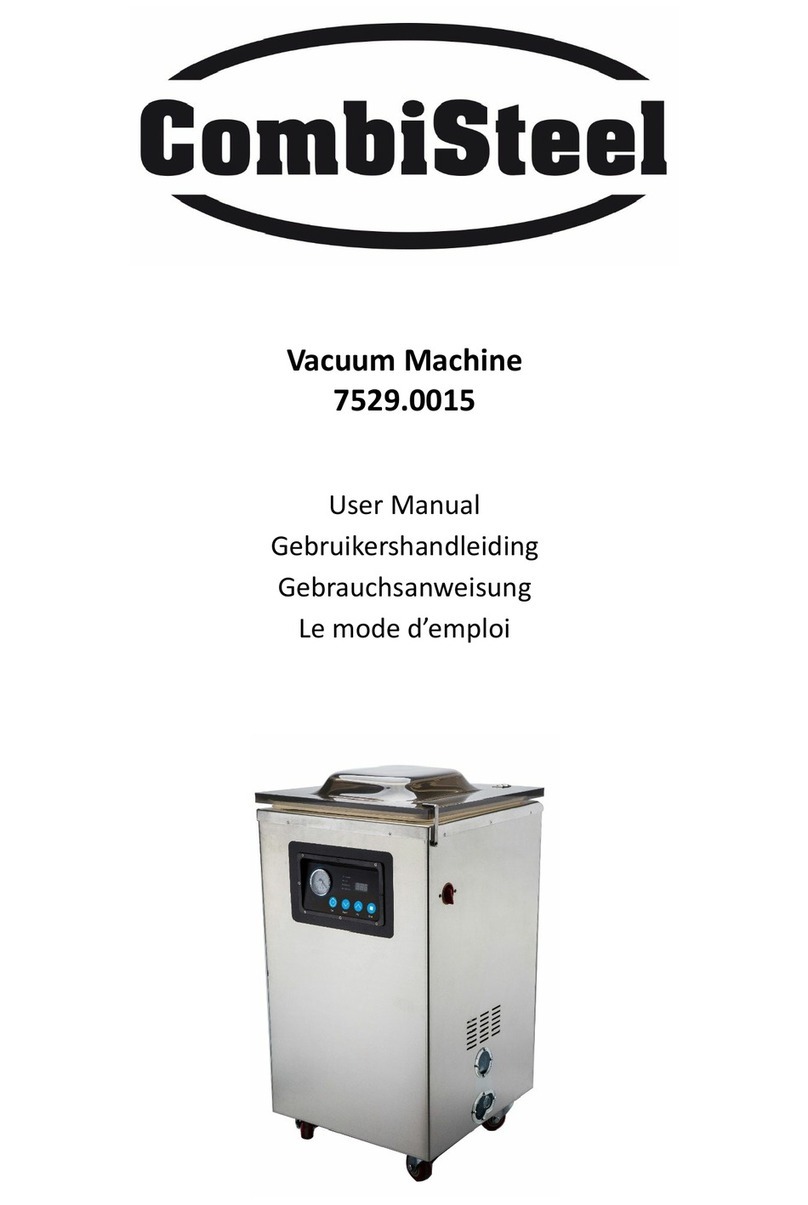
CombiSteel
CombiSteel 7529.0015 user manual
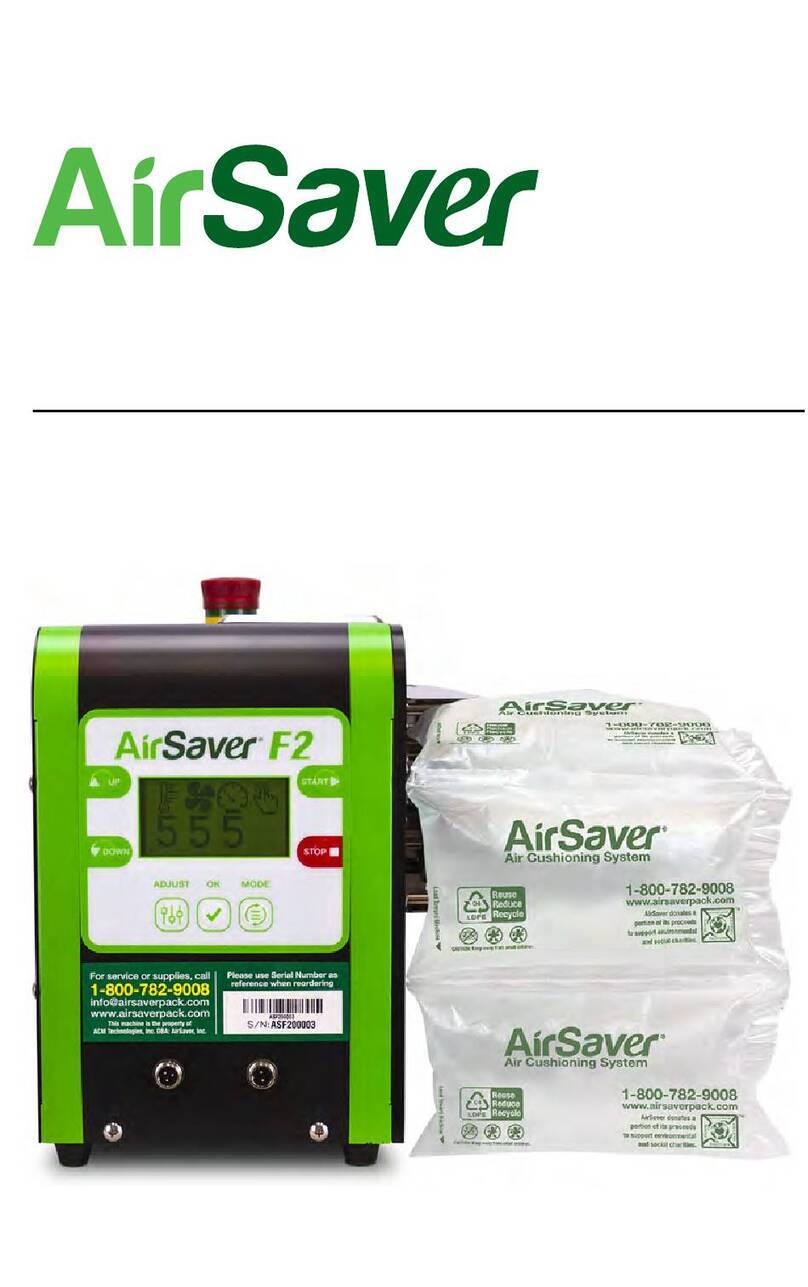
AirSaver
AirSaver F2 Safety instructions, setup & installation manual
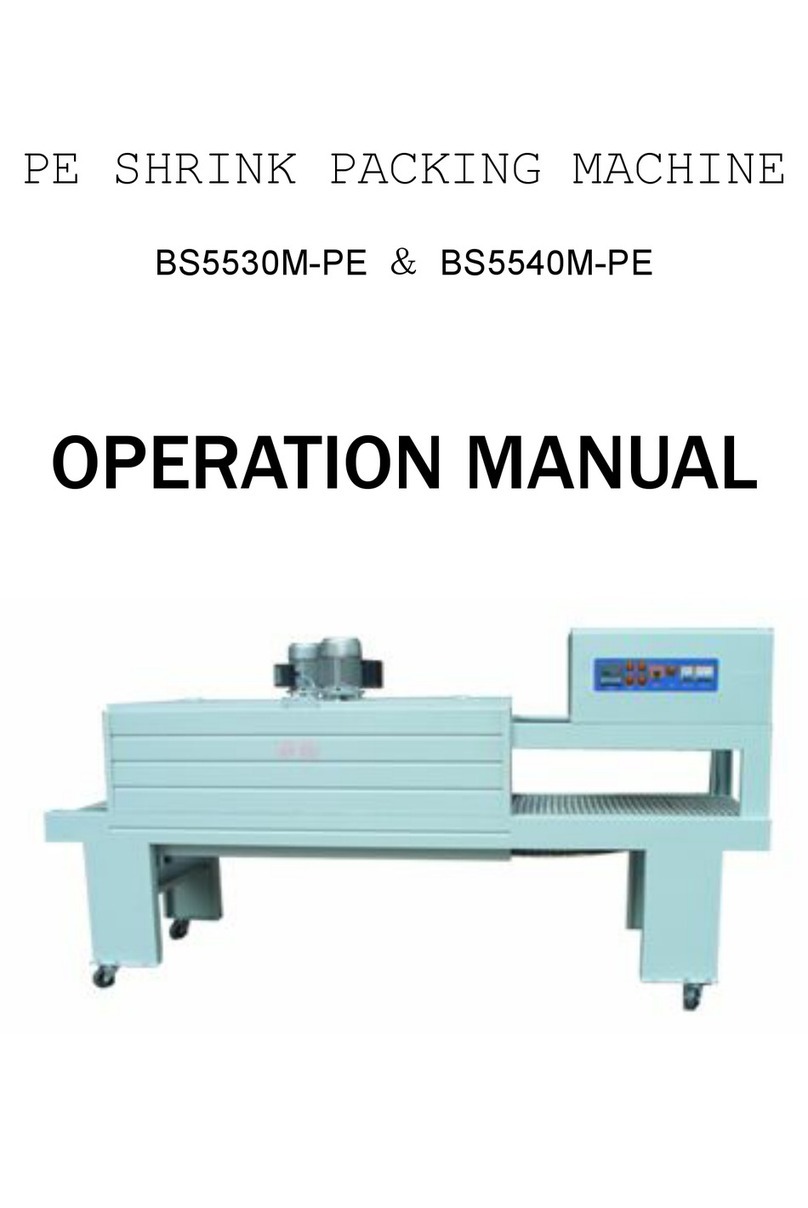
HUALIAN
HUALIAN M-PE Series Operation manual

Pro Pack Solutions
Pro Pack Solutions Eagle 710 Operation manual

Oliver
Oliver 1808-D User's operation

Kronos
Kronos H-46 Series Operation, safety and spare parts manual
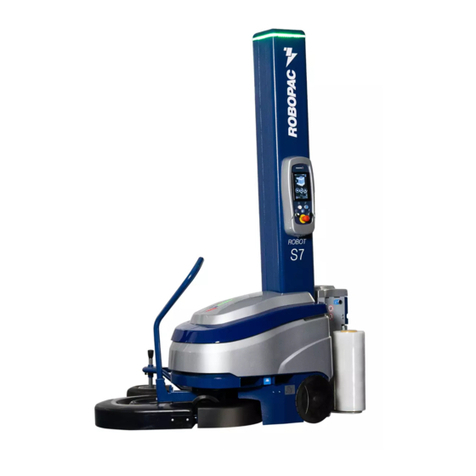
Robopac
Robopac ROBOT S7 Use and maintenance manual

AETNAGROUP
AETNAGROUP Robopac SPIROR HP 300 instruction manual
